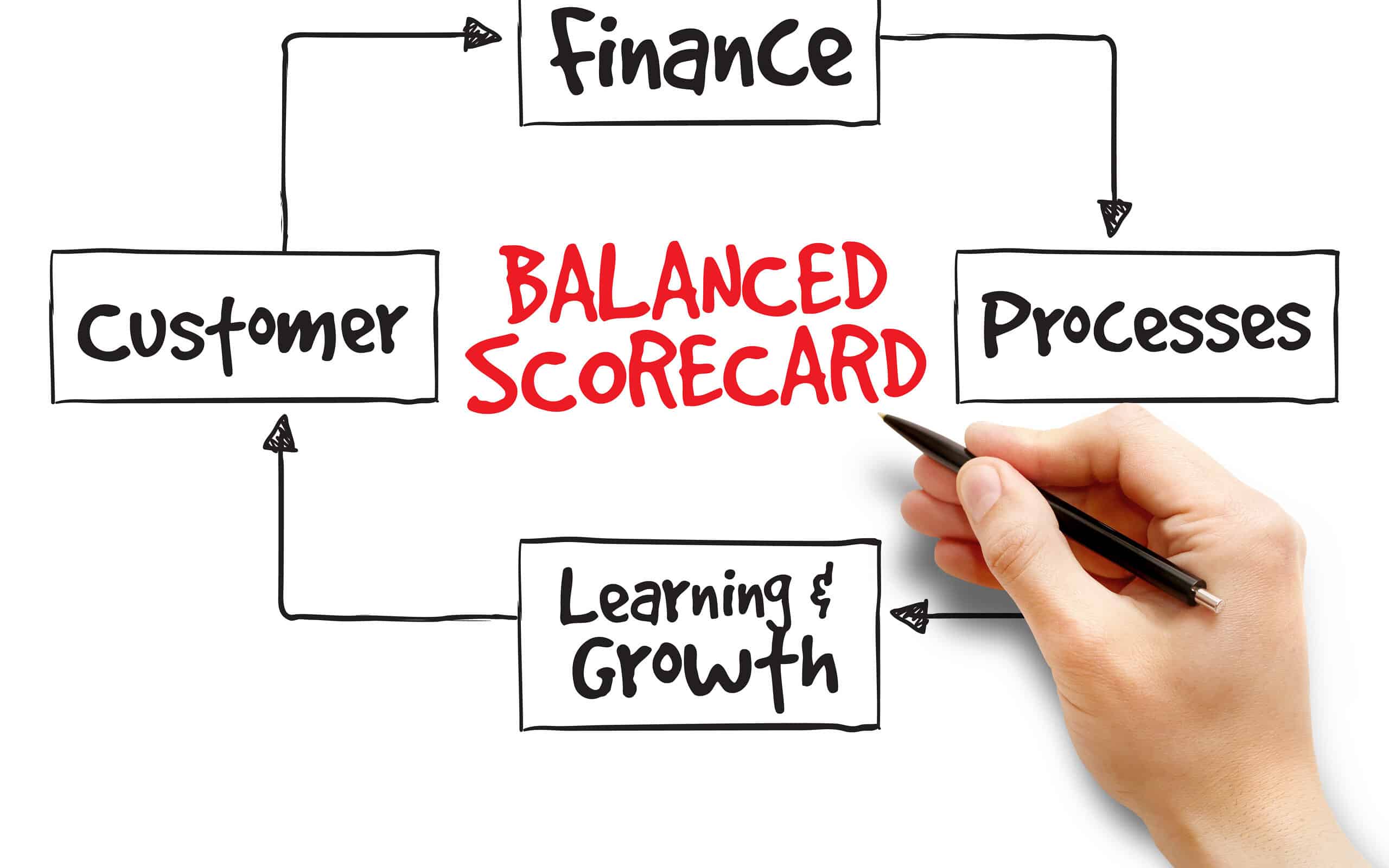
Used to give organizations feedback, balanced scorecards are a popular metric throughout several countries.
Overview: What is a balanced scorecard?
A balanced scorecard can be defined as a performance metric. It measures the four main aspects of a business as they relate to the overall company vision and ways to improve upon the processes of each area.
3 benefits of a balanced scorecard
Here are some key benefits of this metric:
1. Information consolidation
A balanced scorecard provides companies with a tool for pooling information into one single report.
2. Insight
With a balanced scorecard, management is given insight into the service, quality, and financial track record of the company.
3. Suboptimization reduction
A balanced scorecard can assist companies in a reduction of inefficiencies in processes that lead to suboptimization.
Why is a balanced scorecard important to understand?
A balanced scorecard is important to understand for the following reasons:
Strategy mapping
Understanding a balanced scorecard can help in strategy mapping to see within the organization where there is added value.
Implementing strategic initiatives and objectives
Having a working understanding of a balanced scorecard allows you to see in what areas of a company it might be beneficial to implement strategic initiatives and objectives.
Where efficiency could be increased
Knowing the ins and outs of a balanced scorecard gives you insight into where in the company a boost in operational and financial efficiencies is needed.
An industry example of a balanced scorecard
A bank wants to have a full understanding of how its practices are working for its customers. A survey is regularly conducted to determine how well they are doing with their customer service efforts. The survey questions cover everything from wait times to overall satisfaction. With the information taken from these internal balanced scorecards, it is decided that some staff training is necessary.
3 best practices when thinking about a balanced scorecard
There are some practices to keep in mind when you are thinking about a balanced scorecard and its place in your business:
1. Think of all the legs in a balanced scorecard as equal
The four areas of a balanced scorecard are also called legs. Just like with a table, each area needs to be in balance or else the whole is wobbly.
2. This metric is adaptable
The concept of a balanced scorecard was first used in for-profit companies. They were later put into use by government agencies and nonprofit companies. This shows that this metric is versatile and malleable, and you may find other ways to use it.
3. Include key personnel in the analysis and application
Active management is required in the analysis and application of a balanced scorecard for it to be effective.
Frequently Asked Questions (FAQ) about a balanced scorecard
What are the four perspectives of a balanced scorecard?
The four perspectives of a balanced scorecard are the areas that each are a part of a company’s overall vision. These areas are:
- Learning and growth
- Business processes
- Customer perspectives
- Financial data
Why is a balanced scorecard important?
A balanced scorecard ensures each department sees the links between themselves and the strategy of the company holistically.
Why is it called a balanced scorecard?
It comes from the concept of getting a balanced view of performance by looking at strategic as well as traditional financial measures.
Balanced scorecards can improve the efficiency of a business
A company has several options available to identify process issues as well as remedy them. With a balanced scorecard, the information gathered can be consolidated, thereby saving time, money, and other resources.